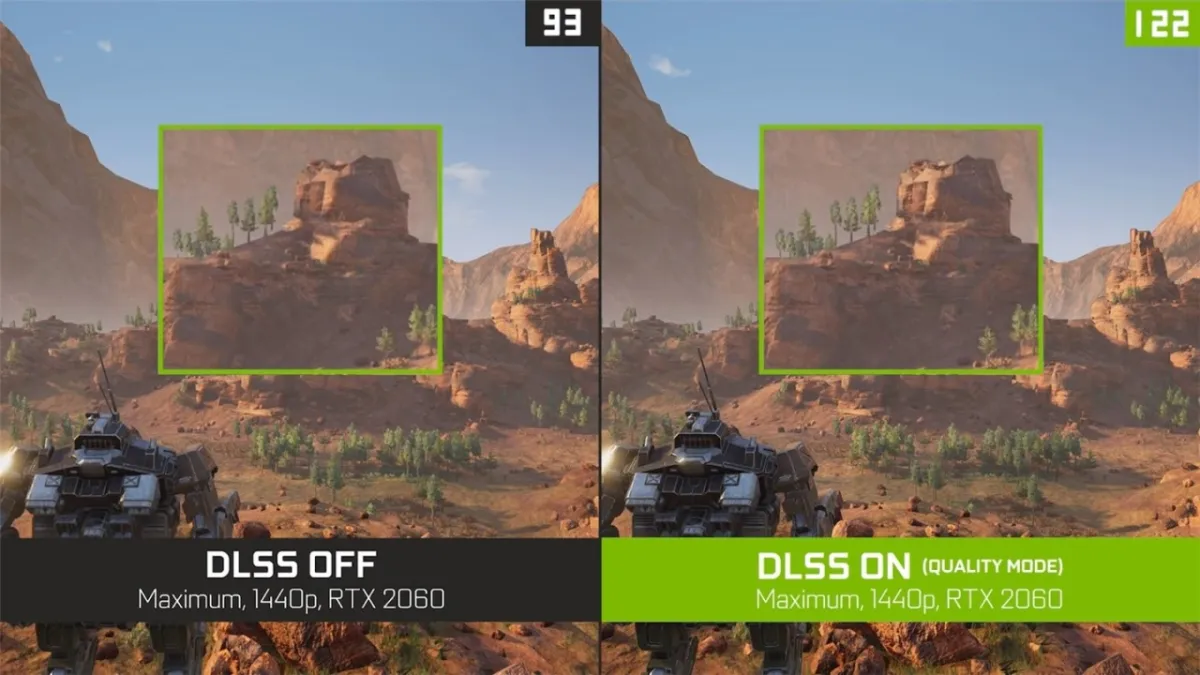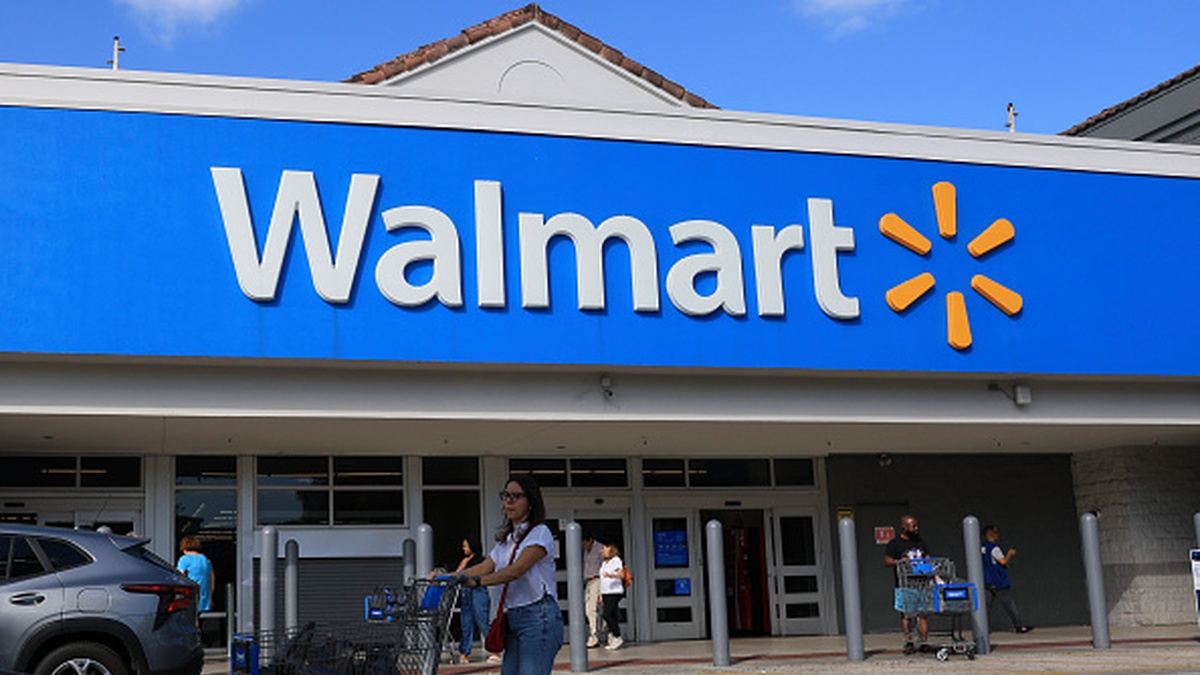While ray tracing may steal the conversation, Nvidia’s DLSS is easily the most impactful of the two nascent gaming technologies. While billed as an anti-aliasing solution, its ability to nearly double framerates at no perceptible cost to image quality is what makes it such a killer app. DLSS allows a game to render at a lower, less hardware demanding resolution, then use the magic of A.I. to “reconstruct” the final image at your native resolution, enabling better performance and sometimes greater image quality.
Nvidia’s DLSS has been slow to enter the market though, with only 35 games supporting DLSS 2.0 as of publication. That’s about to change, because Nvidia has launched its DLSS plugin into the Unreal Marketplace, meaning anyone using the engine can now enable the feature with the figurative press of a button.
Nvidia DLSS plugin for Unreal means more developers can add the feature to their games, and with relative ease.
DLSS is absolute black magic – ray tracing paired with it or not – since it boosts performance to such a massive degree without tarnishing the overall image. Even well-optimized games benefit from Nvidia’s A.I. powered tech, since it’s essentially a free and easy way to double framerates. As of today we should see a wider adoption of DLSS in video games on PC, at least video games running on Unreal Engine 4 (and possibly 5 when it starts to roll out).
Previously, developers had to work hand-in-hand with Nvidia to implement DLSS into their games. Since DLSS is powered by a deep learning engine (thus the “DL” portion of the acronym), developers had to teach the initial version of DLSS how to upscale their title by submitting images of it to Nvidia. DLSS 2.0 doesn’t have that problem (any ole generic image will do), so Nvidia has decided to make it into a plugin any developer using Unreal can grab and enable.
In theory enabling the plugin is enough to get DLSS 2.0 support up and running, though developers will likely still spend some time fine tuning the feature for their specific titles. Regardless, now that DLSS is as simple to implement as installing the plugin we should see the number of titles supporting DLSS 2.0 rise in 2021. This is a win for everyone with a Nvidia RTX card, specifically laptop gamers who have to work with mobile GPUs that can’t quite compete with their bigger desktop siblings due to power and cooling constraints.
AMD is rumored to reveal their planned DLSS-counter sometime next month, but we do know Team Red does have something in the wings to answer Nvidia’s A.I. powered supersampler. Until we see what AMD has in store it’s not a bad time to be on Team Green. Well, assuming you can buy any of their cards at the moment.











Published: Feb 12, 2021 12:49 pm